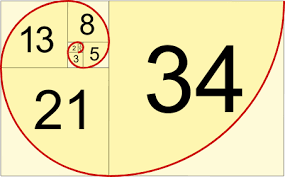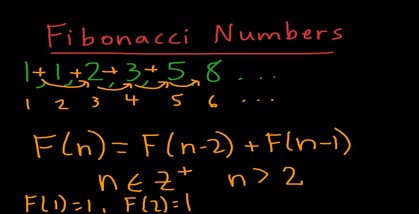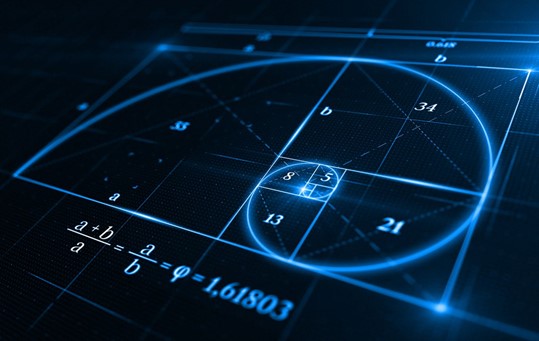Who Was Fibonacci
Fibonacci is remembered for two important contributions to Western mathematics:
He helped spread the use of Hindu systems of writing numbers in Europe (0,1,2,3,4,5 in place of Roman numerals).
The seemingly insignificant series of numbers later named the Fibonacci Sequence after him.

Fibonacci Series in Solar System
The Fibonacci Series is shown to predict the distances of the moons of Jupiter, Saturn and Uranus from their respective primary. The planets are shown to have a trend which follows the Fibonacci Series with individual offsets attributed to planetary densities.
Click here for source.
Magic of Fibonacci numbers
Fibonacci numbers appear in so many contexts in our lives and surroundings, for example, the number of the petals in a flower, the seed heads of a flower, paintings, and a lot more. In fact, the beauty of a human face is based on Golden Ratio whose nth power forms the nth Fibonacci number.

Fibonacci Sequence
The Fibonacci sequence is one of the most famous formulas in mathematics.
Each number in the sequence is the sum of the two numbers that precede it.
The sequence goes: 0, 1, 1, 2, 3, 5, 8, 13, 21, 34, etc...
It is been called “nature's secret code,” and “nature’s universal rule.”
Just take a look at the pattern it creates and you can instantly recognize how this sequence works in nature like an underlying universal grid.
A perfect example of this is the nautilus shell, whose chambers adhere to the Fibonacci sequence’s logarithmic spiral almost perfectly. This famous pattern shows up everywhere in nature including flowers, pinecones, hurricanes, and even huge spiral galaxies in space. But the Fibonacci sequence doesn’t just stop at nature. In graphic design, we refer to it as the Golden Ratio. It can be applied to everything from logo design, print design and website design.

